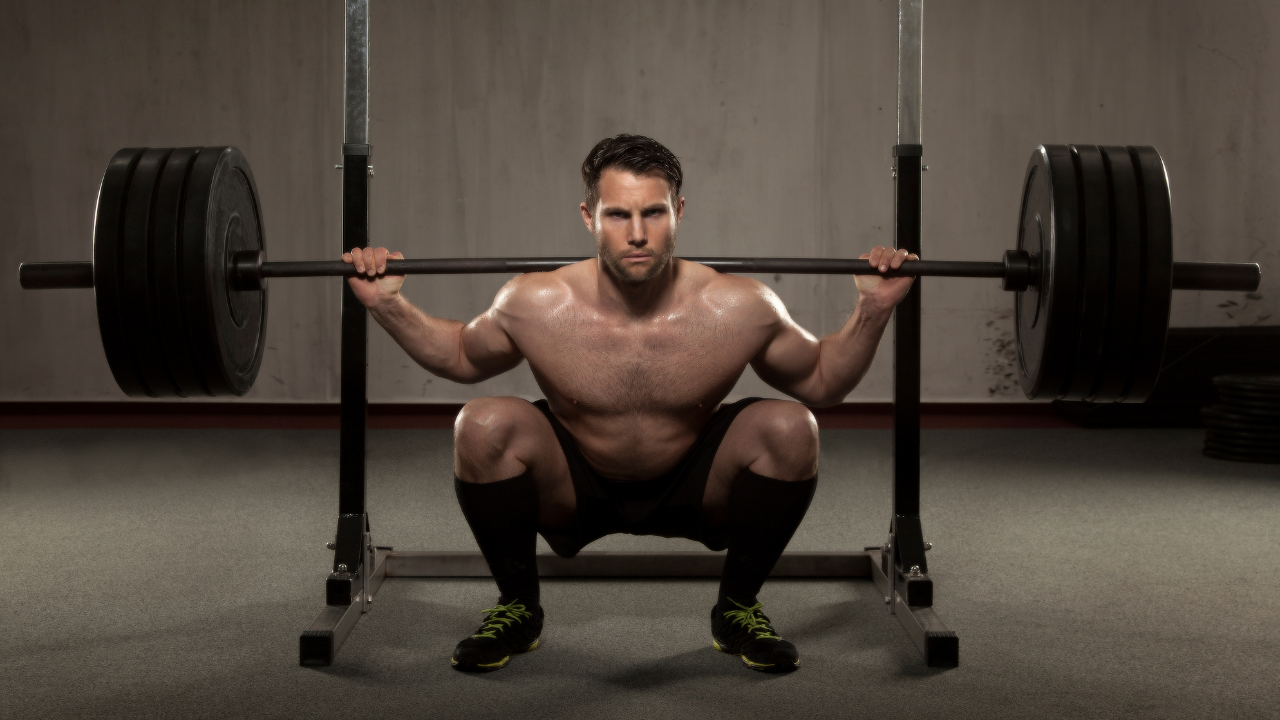- MuscleWiki
- Posts
- Tips For Mastering The Squat
Tips For Mastering The Squat
Follow these steps to perfect your squat form.
The squat, a fundamental compound exercise, stands as a cornerstone in strength training, engaging multiple muscle groups and promoting overall lower body strength. However, mastering this movement isn't just about the legs; it requires an understanding of proper upper body positioning, breathing techniques, and selecting the right bar placement for your body type.
The Upper Body Connection
Prioritize understanding the symbiotic relationship between the upper and lower body in a squat. Often overlooked, the upper body plays a pivotal role in stabilizing the weight and transferring strength from the legs to the bar.
Finding Your Grip
The first step in the squat begins with the hands. Choosing between a thumb or thumbless grip depends on wrist mobility and comfort. A secure thumb grip suits those with healthy wrists, while a thumbless grip allows more wrist joint flexibility, alleviating potential discomfort. However, ensuring the bar sits deeply in your hand remains crucial for stability.
The Low Bar vs. High Bar Debate
The choice between high bar and low bar squats depends on individual body mechanics. The low bar typically favors individuals with shorter torsos and longer femurs, promoting a hip-dominant squat. Conversely, the high bar accommodates those with shorter femurs and longer torsos, enabling a more upright squatting posture.
Perfecting Technique

The art of squatting involves more than just lifting weight; it requires precision in execution.
Efficient Walkout: Streamlining your walkout minimizes energy expenditure. Fewer steps mean conserving energy for the squat itself.
Upper Body Tension: Creating tension in the upper body is crucial. Learning to breathe and expand the abdomen, similar to filling a can with air, strengthens the upper body to handle heavier weights.
Squatting with Precision
Initiating the squat involves shooting the hips back, maintaining a flat back, and hitting parallel depth without hyperextending the spine. Controlled movements ensure maximum engagement of targeted muscle groups.
Returning the Barbell
A commonly overlooked aspect is re-racking the bar. It's imperative to guide the bar all the way into the designated spot on the rack, avoiding unnecessary strain on the lower back.
Additional Tips and Cautions
Several factors demand attention during the squat:
Avoid Knee Valgus: Preventing the collapse of knees inward safeguards the knee joint.
Optimal Stance: Stance width and toe position should align with your body mechanics, neither too wide nor too angled.
Wrist Strength: Maintaining strong wrists minimizes stress on the wrist joint, allowing for maximum weight lifting capacity.
Invest in the Future of Scalable Housing
ZenniHome is on a mission to completely disrupt the housing industry.
Dr. Michael Schmitt has joined as COO (previously Tesla and Bosch).
$74M in grants awarded from Navajo Nation for factory expansion and home purchases

